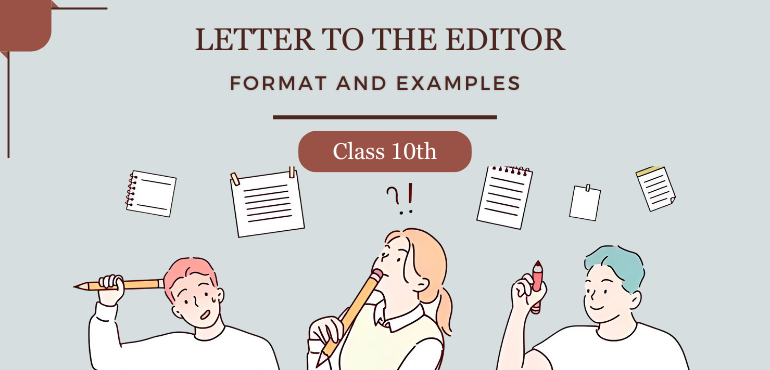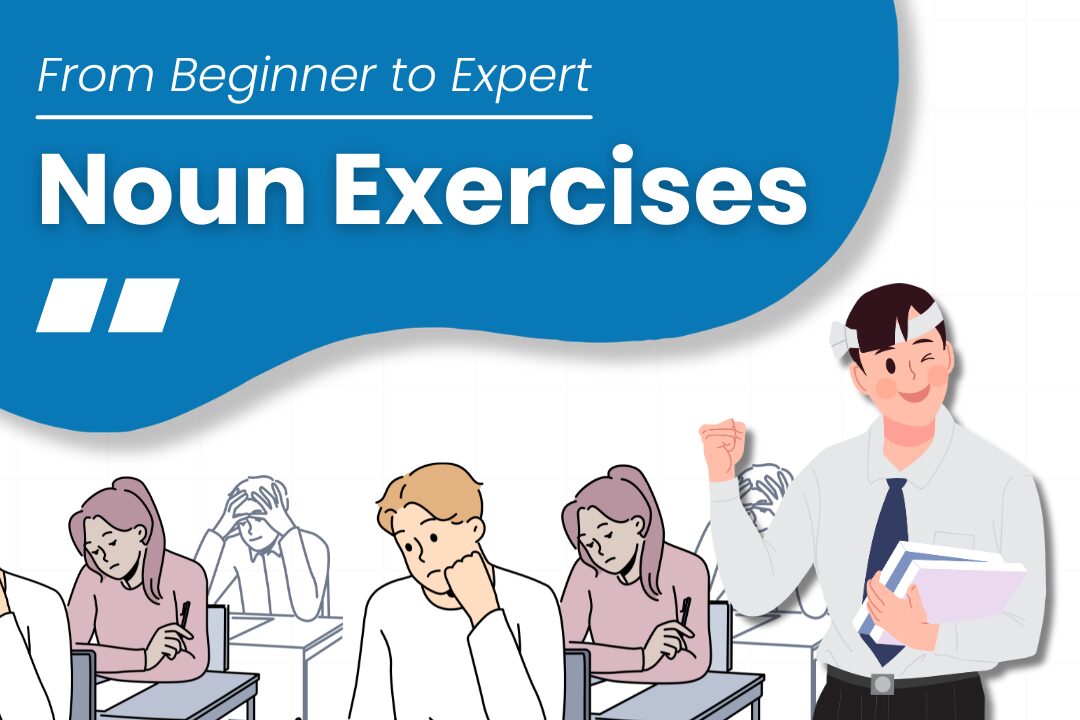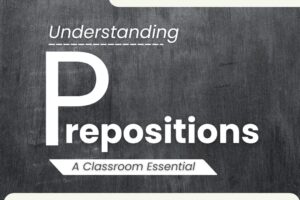
A vital component of public speech and good communication for students in classes 10 and 12 is writing a letter to the editor or a letter to the principal. Students can discuss a range of issues in this manner and express their thoughts, criticisms, and comments.
Students can have a platform to communicate their ideas with a larger audience by writing a well-written letter to the editor that can be published in newspapers or publications. Current affairs and personal experiences are two examples of subjects for letters to the editor. Use a clear, succinct, and convincing writing style and bolster your points with pertinent examples and statistics to make your letter stand out. Students in Class 10 may compose a compelling letter to the editor by using these ideas.
What is a Letter to the Editor?
A letter to the editor is a letter written to a review or magazine, generally in response to a composition or editorial that has been published. A reader generally writes the letter to the editor and offers feedback, review, or added information related to the composition or editorial. These letters are frequently published in the “ letters to the editor ” section of a publication. They’re also a way for the general public to express their opinions, concerns, or compliments about a specific issue or topic.
How to Write a Letter to the Editor?
A Letter to the Editor is written to the editor of a newspaper or, a magazine or any publishing company. It’s written to emphasize a social issue or problem. It can also be written in order to get it published in the said medium. As it’s a formal letter, the format has to be followed rigorously. Only formal language can be used, i.e., abbreviations and slang language should be avoided.
In the test, students are required to compose a formal letter addressed to the editor. Here, we’ve discussed Letter to the Editor with Samples for the convenience of the students.
Letter to the Editor Format for Class 10
The format of a letter to the editor is quite different from the way you write a letter to the class teacher, the format of a letter to the editor is as follows –
- Sender’s Address: The address and contact details of the sender are written here. Include an email and phone number, if required or if mentioned in the question.
- Date: The date is written below the sender’s address after Leaving one space or line.
- Receiving Editor’s Address: The address of the recipient of the mail, i.e., the editor, is written here.
- Subject of the Letter: The main purpose of the letter is the subject. It must be written in one line. It must convey the matter for which the letter is written.
- Salutation: (Sir / Respected sir / Madam)
- Body: The matter of the letter is written here. It is divided into 3 paragraphs as follows –
- Paragraph 1: Introduce yourself and the purpose of writing the letter in brief.
- Paragraph 2: Give details of the matter.
- Paragraph 3: Conclude by mentioning what you expect from the editor. (For example, you may want him to highlight the issue in his newspaper/magazine).
- Complimentary Closing
- Sender’s name, signature, and designation (if any)
Sample of Letter to the Editor
Your Name
Your address
(City, State, and Pincode)
Email Address
Mobile Number
Today’s Date
Editor’s Name
Newspaper’s Name
Newspaper’s Address
City, State, Pincode
Subject: Write about your concern or purpose of your letter
Sir/Madam,
I am writing to express my concern/opinion on [topic/issue]. (Elaborate the subject matter clearly and concisely in a few sentences.)
[Main Body – Discuss the issue in detail. You may want to include supporting points, data, or personal experience. Make sure to maintain a respectful tone even if the issue is contentious. Be clear and direct in your arguments, but also provide context so readers understand your perspective.]
In conclusion, [summarize your opinion and why it is important to the community or the readers of the paper].
Thank you for your attention to this critical matter. I believe that bringing this issue to light will be beneficial for our community.
Sincerely,
Your Full Name
Tips to Write a Letter to the Editor for Class 10
Choose a Compelling Topic: Select an issue that is relevant to your community, school, or society at large. Ensure it is something you are passionate about and can articulate effectively.
Identify Your Audience: Consider the readership of the publication you are targeting. Tailor your language, examples, and tone to resonate with their interests and understanding.
Craft a Strong Opening: Grab the reader’s attention from the outset. Start with a catchy statement, a thought-provoking question, or a relevant anecdote to set the stage for your argument.
State Your Purpose Clearly: Concisely explain why you are writing and what you want to achieve. Identify the specific issue you are addressing and the action you propose.
Support Your Claims with Evidence: Back up your assertions with facts, statistics, expert opinions, or personal experiences. Use credible sources and provide citations if necessary.
Use Clear and Concise Language: Avoid jargon, overly complex sentences, and excessive clichés. Employ simple, direct language that is easy to grasp and engaging to read.
Structure Your Argument Logically: Organize your thoughts in a clear and structured manner. Use transitions effectively to connect ideas smoothly and guide the reader through your argument.
Address Opposing Viewpoints: Acknowledge and address any counter-arguments or opposing perspectives. Demonstrate your understanding of their position and provide a logical rebuttal.
Conclude with a Call to Action: Urge the reader to take action or consider your perspective. Suggest solutions, propose further discussion, or encourage engagement with the issue.
Proofread Carefully: Review your letter for any grammatical errors, typos, or inconsistencies. Ensure it is polished and professional in presentation.
Examples of Letter to the Editor
Example 1:
XYZ
Flat no. 010, Model Hills,
Mumbai, Maharashtra- 110099
XYZ@ABC.com
+919321XX5740
7th November 2023
The Editor
The Times
Mumbai
Subject: Raising Concerns About Marine Lines
Sir/Madam,
My name is XYZ, as a Mumbai resident, I am aware of the regrettable state of Marine Lines. People have left plastic and mask debris all over the place, which has resulted in waves of trash strewn down the coast.
If you wrote a piece on this problem and encouraged readers to support initiatives that aim to clean up the ocean, it would be really helpful. It is also necessary to make repeated appeals to people to use the designated containers rather than tossing trash on the benches.
I hope you will write the aforementioned.
Thanking You!
Sincerely,
XYZ
Example 2:
XYZ
Flat no. 010, Model Hills,
Mumbai, Maharashtra- 110099
XYZ@ABC.com
+919321XX5740
7th November 2023
The Editor
The Economic Times
Mumbai
Subject: Highlighting Problems Faced by Students at IJK University
Sir/Madam,
Living in Mumbai, I attended IJK University for my studies. A lack of clarity regarding our curriculum has led to a great deal of agitation between the department and students over the past few months. The fact that students are unaware of certain crucial dates puts more strain on them.
To improve staff and departmental efficiency, it would be wonderful if you addressed this topic in one of your columns. Students who wish to attend IJK University in the future will also benefit from it.
I hope you will write the aforementioned.
Sincerely,
XYZ
Example 3:
XYZ
Flat no. 010, Model Hills,
Mumbai, Maharashtra- 110099
XYZ@ABC.com
+919321XX5740
7th November 2023
The Editor
Indian Times
Mumbai
Subject: Highlighting the Benefits of the Art of Living for Students Course
I would want to contribute to your esteemed newspaper’s columns on the advantages of the “Art of Living for Students.” Students will get a lot out of this curriculum. I had the opportunity to attend one of the school-sponsored yoga club’s events. It imparts time management skills, I discovered. Furthermore, students received instruction in adjusting to pressure from their studies.
In summary, I think this is a course that every student should take. The authorities ought to provide information, and students must to be made aware of these kinds of programs. I’m confident you’ll act in the kids’ best interests.
Thanking you.
Sincerely,
XYZ
Exercises for Writing a Letter to the Editor
Here are a few exercises for you to practice writing a letter to the editor so that you can master the craft.
Exercise 1: Select a recent news story or incident that has aroused your curiosity or concern for the current events challenge. Write an opinion piece backed up by facts in a letter to the editor that also addresses any counterarguments.
Exercise 2: Select the local subject that truly excites you, whether it be environmental challenges, school reform, or community growth. Request that the city council, school board, or other relevant authorities look into the issue and provide potential solutions in a letter to the editor.
Exercise 3: Think back to a personal event that influenced your viewpoint on a certain problem. Send a letter to the editor outlining your experience, emphasizing the lessons you’ve taken away and how the problem has affected your life.
Conclusion
Writing a compelling letter to the editor requires a balance of conciseness, clarity, and persuasiveness. By following the guidelines outlined in this article, you can effectively convey your message and engage the attention of readers and the editor alike. Remember, a well-crafted letter to the editor can spark meaningful conversations, raise awareness of critical issues, and even influence public discourse.








